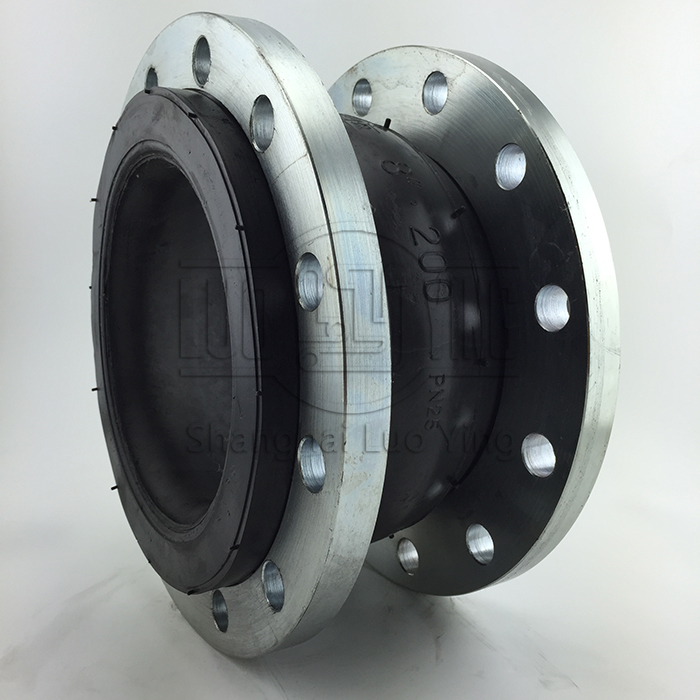What causes rubber joints to become flattened?
Aug-25-19
There are many possible causes for rubber joints being sucked flat. The following are several common causes that may lead to this issue: There are many possible causes for rubber joints being sucked flat. The following are several common causes that may lead to this issue: Excessive pressure: Rubber joints are typically used to connect two sections of a piping system. If the pressure of the liquid or gas in the piping system exceeds the rubber joint's load-bearing capacity, it may cause the joint to be sucked flat. Excessive pressure may be caused by factors such as design errors in the system, pipeline blockages, or changes in operating conditions. Temperature-induced volume changes: The material properties of rubber joints include a certain degree of elasticity and plasticity. When temperature changes occur, the liquid or gas inside the rubber joint may undergo volume changes due to thermal expansion and contraction. If the system does not provide sufficient expansion space, the rubber joint may become flattened. Aging or damage to the rubber joint: Rubber materials may age, deteriorate, or become damaged over time or due to prolonged exposure to environmental factors such as ultraviolet radiation, oxidation, or chemical substances. When the rubber joint is damaged and loses its original flexibility and elasticity, it is more prone to being sucked flat.

